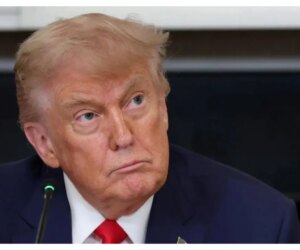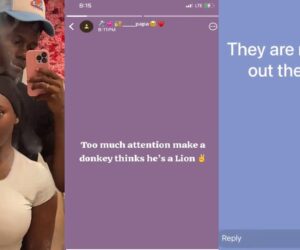U.S. President Donald Trump and Chinese President Xi Jinping spoke by phone on Friday in a conversation that centred on trade issues and the uncertain future of TikTok in the United States.
The call, which began at 8 a.m. Washington time, was the first direct exchange between the two leaders in three months.
Earlier this year, Washington threatened to shut TikTok down unless its U.S. operations are transferred from Chinese parent company ByteDance to American ownership.
Congress set a deadline of January 2025, though Trump has so far avoided enforcing it. He has admitted that banning the app outright could trigger a backlash among its millions of American users.
“I like TikTok; it helped get me elected,” Trump said on Thursday. “TikTok has tremendous value. The United States has that value in its hand because we’re the ones that have to approve it.”
Beijing, however, must sign off on any deal before it moves forward. Sources familiar with the talks say U.S. investors would take over TikTok’s American assets, but ByteDance would continue supplying the algorithm that drives the app’s powerful content recommendations. This unsettles U.S. lawmakers who argue that algorithmic control is inseparable from political influence.
“The platform may be American-owned, but if the algorithm is Chinese, the risk remains,” warned Senator Mark Warner, chairman of the Senate Intelligence Committee.
Trade and technology disputes
The TikTok talks are unfolding against a bigger economic fight. Since returning to office, Trump has raised tariffs on Chinese goods, some to levels not seen in nearly a century. Beijing retaliated with its own restrictions, leaving both economies struggling.
The U.S. is battling high inflation and a record trade deficit with China, while China’s growth slowed to 4.2% in the second quarter of 2025, its weakest pace since the pandemic.
Despite these pressures, Trump insists he is close to securing better terms with Beijing. “We’re pretty close to a deal,” he said on Thursday, hinting at an extension of current trade terms. Washington is pressing China to buy more U.S. soybeans and Boeing aircraft, while also demanding a crackdown on fentanyl-related chemical exports—an issue the U.S. blames for soaring overdose deaths.
TikTok as leverage
Analysts say Beijing is using TikTok as a bargaining chip while holding back exports of rare-earth materials vital for U.S. technology production. “China’s effective use of sticks (rare earths) and carrots (TikTok) has turned things heavily in their favour,” said Scott Kennedy of the Center for Strategic and International Studies.
Washington, in turn, has restricted China’s access to advanced semiconductor designs, jet engines and specialised chemicals.
Political stakes
For Trump, TikTok represents more than a trade issue. It is also a political tool. Banning the platform risks alienating young voters who use it daily. Allowing it to continue under a restructured deal, however, lets him claim a win on national security without losing a vital channel of communication.
Diplomats are already eyeing a possible face-to-face meeting between Trump and Xi at the Asia-Pacific Economic Cooperation (APEC) summit in South Korea next month. Such a meeting could test whether personal diplomacy can ease one of the most fractious U.S.–China relationships in decades.
Liu Pengyu, spokesperson for the Chinese embassy in Washington, said: “Heads-of-state diplomacy plays an irreplaceable role in providing strategic guidance for China-U.S. relations.”
As a sign of goodwill, Beijing recently allowed Wells Fargo banker Chenyue Mao to leave China after months of travel restrictions. Yet even with gestures like this, the unresolved issues—Taiwan, the South China Sea, and competing economic interests—make it obvious that a single phone call will not erase the deep mistrust between Washington and Beijing.






